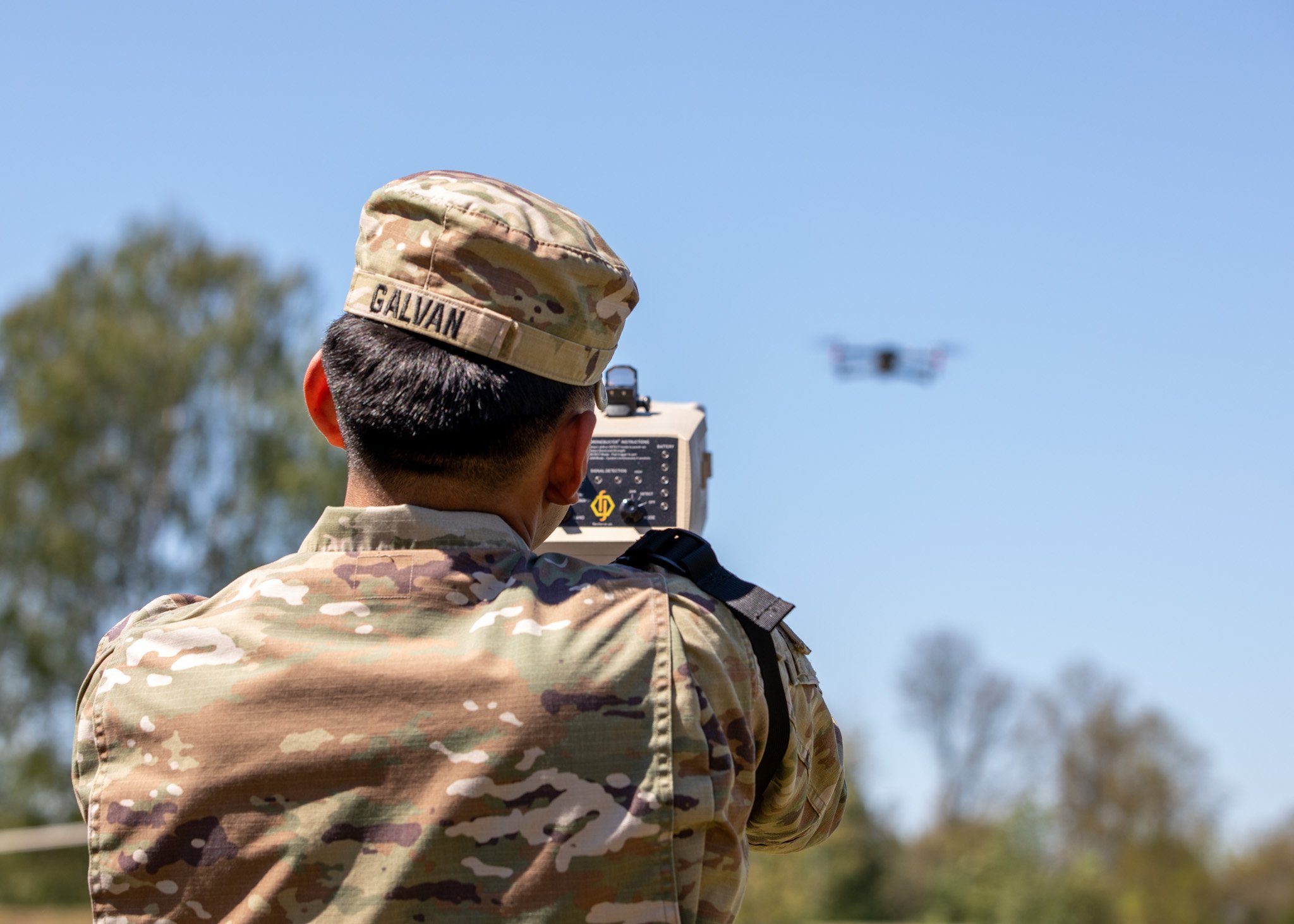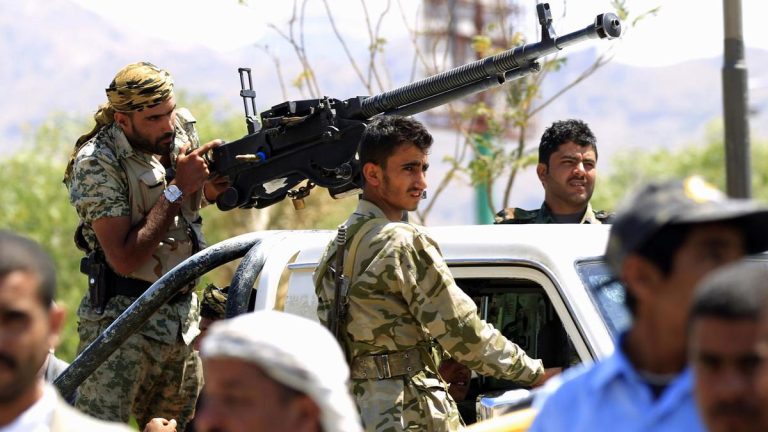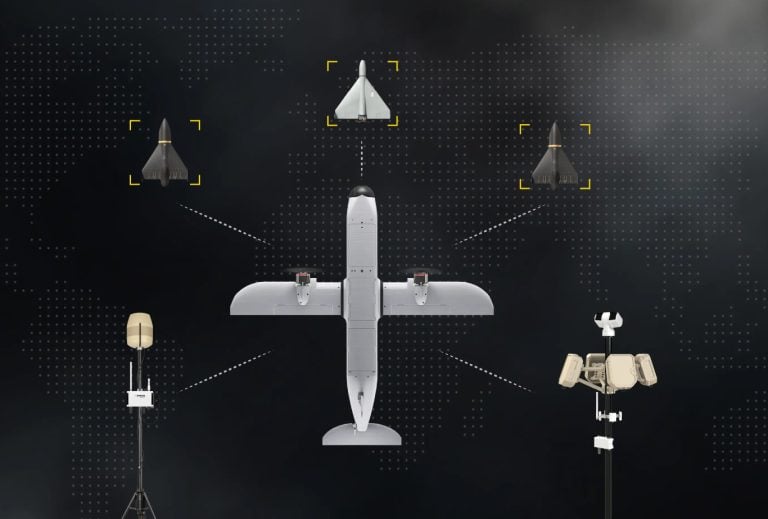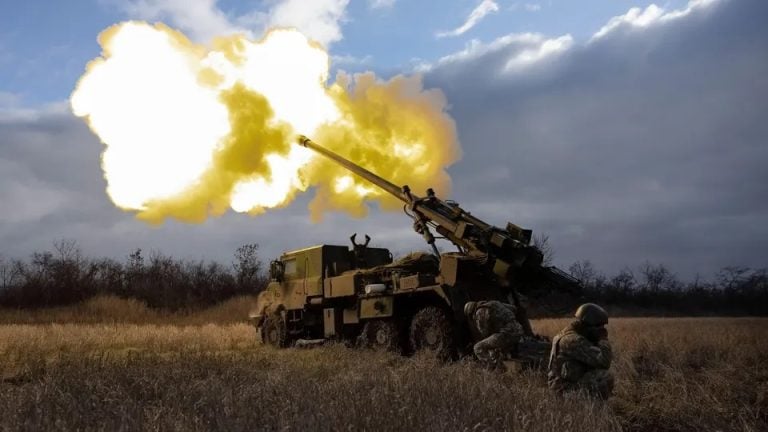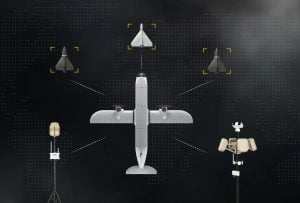Several Pentagon officials have acknowledged significant gaps in the U.S. military’s ability to protect both domestic and overseas bases from hostile drone threats. This admission highlights increasing alarm over drone-related incidents, particularly a troubling series of unauthorized drone incursions at a Marine Corps base in California late last year. During December 2024, the base experienced six unauthorized drone flights within just six days, raising serious concerns about security protocols and defenses.
At a recent hearing before the House Oversight Committee, military officials revealed alarming statistics: over 350 drone incursions were reported at more than 100 U.S. military installations in the past year. This surge of incidents has prompted a bipartisan acknowledgment that the Pentagon’s current counter-drone strategy is inadequate for the evolving threat landscape.
Navy Rear Admiral Paul Spedero Jr., vice director for operations on the Joint Chiefs of Staff, underscored the gravity of the situation, stating, “Should our adversary choose to employ drones for surveillance or even attack, we would not be prepared to adequately defend our homeland.” His comments reflect a growing concern that, despite the U.S. possessing advanced offensive drone capabilities, its defensive measures against such technology remain severely underdeveloped.
The uptick in unauthorized drone activity around military sites has coincided with broader concerns regarding espionage, sabotage, and the potential for escalating threats. A pivotal incident occurred in January 2024 when a drone attack led to the deaths of three American soldiers at a base in Jordan where U.S. troops were stationed. This incident marked one of the most lethal attacks involving drones in recent history.
Further underscoring the issue, in June 2024, two drones targeted a coalition base in Iraq, reigniting serious discussions about force protection in active combat zones. Additionally, in November 2024, reports emerged of unidentified drones flying over several Royal Air Force bases in the U.K. that house American personnel. In a notable event the following month, Wright-Patterson Air Force Base in Ohio was compelled to temporarily close its airspace due to multiple drone sightings, with more incursions reported just days later.
These recent developments raise pressing questions regarding the adequacy of protections in place to secure military installations, both domestically and abroad, as the threat of drone warfare continues to grow.
